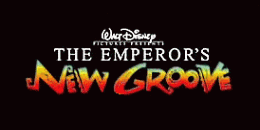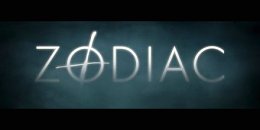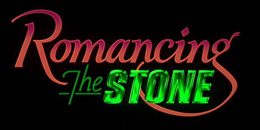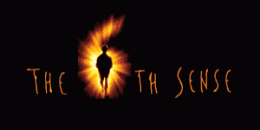101 Dalmatians (1961)
The most successful of the three (probably due to Disney's safe haven of talking animals as an audience go-to), this one has been successfully revived for future generations, something some other of the studio's films has had trouble doing. It can't hurt that the film boasts one of the most memorable and most loathsome villains in the Disney arsenal. People to this day can still remember at least a portion of the song "Cruella de Vil." Along with a 1990s resurgence in the form of a sort of brilliant live action interpretation featuring talented screen star Glenn Close definitely didn't hurt its legacy. Though there are some clear signs of aging in the snippets of anti-feminist notions toward female dog Perdy, it at least reinforces Disney's uncanny ability to make their female villains far more striking, effective, and powerful than their male counterparts.
The Sword in the Stone (1963)
Easily the most forgotten of the three releases of the decade, this somewhat limp interpretation of the King Arthur tale most likely suffered from the boy-skewing conundrum -- that is, Disney is most successful when presenting gender-neutral, girl-skewing, or talking-animal pictures. It's efforts toward catering to pre-teen boys have mostly failed (see: Atlantis: The Lost Empire and Treasure Planet). It is a fittingly admirable effort otherwise. The animation is attractive and the lead character is endearing. It suffers in areas where its fellows are typically strong, however. It's song score is mostly forgettable, and its sidekicks aren't show-stealers. But perhaps a little bit of nobility and calm is what makes this much more relaxed movie (other than the wizarding antics) an appreciable effort years later.
The Jungle Book (1967)
The final of the three 1960s Disney animated features seemingly took the strengths of its predecessors and built a successful adaptation of the Rudyard Kipling story. Though it centers on a young male protagonist, it also features a bevy of entertaining talking animals and a delightful song score (including "The Bare Necessities" and "I Wanna Be Like You," still catchy to this day). Buoyed by its fame as the last picture produced by Walt Disney himself, nostalgia plays a role in its ability to last beyond the '60s. And the 1990s Disney Afternoon series TaleSpin, which featured most all of the animal characters in modern aviation roles, certainly didn't hurt its appeal. Bottom line -- Baloo is still easily one of Disney's most lovable lugs.
The most successful of the three (probably due to Disney's safe haven of talking animals as an audience go-to), this one has been successfully revived for future generations, something some other of the studio's films has had trouble doing. It can't hurt that the film boasts one of the most memorable and most loathsome villains in the Disney arsenal. People to this day can still remember at least a portion of the song "Cruella de Vil." Along with a 1990s resurgence in the form of a sort of brilliant live action interpretation featuring talented screen star Glenn Close definitely didn't hurt its legacy. Though there are some clear signs of aging in the snippets of anti-feminist notions toward female dog Perdy, it at least reinforces Disney's uncanny ability to make their female villains far more striking, effective, and powerful than their male counterparts.
The Sword in the Stone (1963)
Easily the most forgotten of the three releases of the decade, this somewhat limp interpretation of the King Arthur tale most likely suffered from the boy-skewing conundrum -- that is, Disney is most successful when presenting gender-neutral, girl-skewing, or talking-animal pictures. It's efforts toward catering to pre-teen boys have mostly failed (see: Atlantis: The Lost Empire and Treasure Planet). It is a fittingly admirable effort otherwise. The animation is attractive and the lead character is endearing. It suffers in areas where its fellows are typically strong, however. It's song score is mostly forgettable, and its sidekicks aren't show-stealers. But perhaps a little bit of nobility and calm is what makes this much more relaxed movie (other than the wizarding antics) an appreciable effort years later.
The Jungle Book (1967)
The final of the three 1960s Disney animated features seemingly took the strengths of its predecessors and built a successful adaptation of the Rudyard Kipling story. Though it centers on a young male protagonist, it also features a bevy of entertaining talking animals and a delightful song score (including "The Bare Necessities" and "I Wanna Be Like You," still catchy to this day). Buoyed by its fame as the last picture produced by Walt Disney himself, nostalgia plays a role in its ability to last beyond the '60s. And the 1990s Disney Afternoon series TaleSpin, which featured most all of the animal characters in modern aviation roles, certainly didn't hurt its appeal. Bottom line -- Baloo is still easily one of Disney's most lovable lugs.












































No comments:
Post a Comment